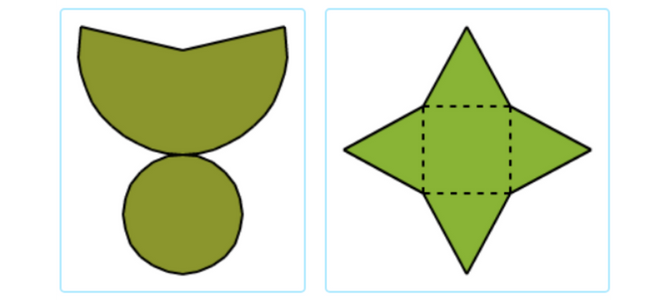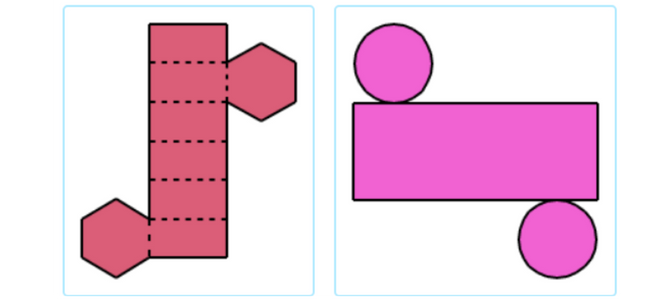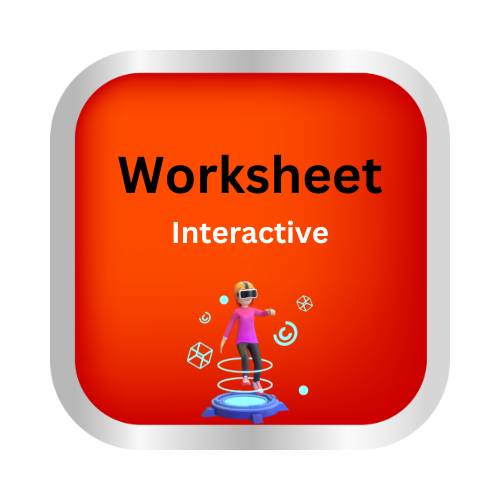Nets of three-dimensional figures
Key Notes:
What is a Net?
- A net is a flat (2D) pattern that can be folded to form a three-dimensional (3D) figure.
- Think of it like a box that has been opened and laid flat.
Purpose of Nets
- Nets help us understand the faces of 3D shapes.
- They help visualize how a 3D object is made.
Faces, Edges, and Vertices
- Faces: The flat surfaces (squares, rectangles, triangles, etc.)
- Edges: The lines where two faces meet.
- Vertices: The corners where edges meet.
Common 3D Shapes and Their Nets
| Shape | Faces in Net | Number of Faces |
|---|---|---|
| Cube | 6 squares | 6 |
| Rectangular prism | 6 rectangles (some same size) | 6 |
| Triangular prism | 2 triangles + 3 rectangles | 5 |
| Pyramid (square base) | 1 square + 4 triangles | 5 |
| Cylinder | 2 circles + 1 rectangle (curved surface unrolled) | 3 |
| Cone | 1 circle + 1 sector (curved triangle) | 2 |
Folding and Unfolding
- When we fold a net, it becomes a 3D object.
- When we unfold a 3D object, it becomes a net.
Important Skills
- Identify nets for different 3D shapes.
- Predict if a given net can form a certain 3D figure.
- Count the number of faces, edges, and vertices.
Learn with an example
🎯 Which net will make an octagonal prism?

Imagine folding these nets.
Fold this net so that the curved edges match up. This net makes a cone. This is not the correct net.

Fold this net along the dotted lines. This net makes an octagonal prism. This is the correct net.

🎯 Which net will make a cone?

Imagine folding these nets.
Fold this net so that the curved edges match up. This net makes a cone. This is the correct net.

Fold this net along the dotted lines. This net makes a square pyramid. This is not the correct net.

🎯 Which net will make a hexagonal prism?

Imagine folding these nets.
Fold this net along the dotted lines. This net makes a hexagonal prism. This is the correct net.

Fold this net so that two edges of the rectangle each wrap around a circle. This net makes a cylinder. This is not the correct net.

let’s practice!

